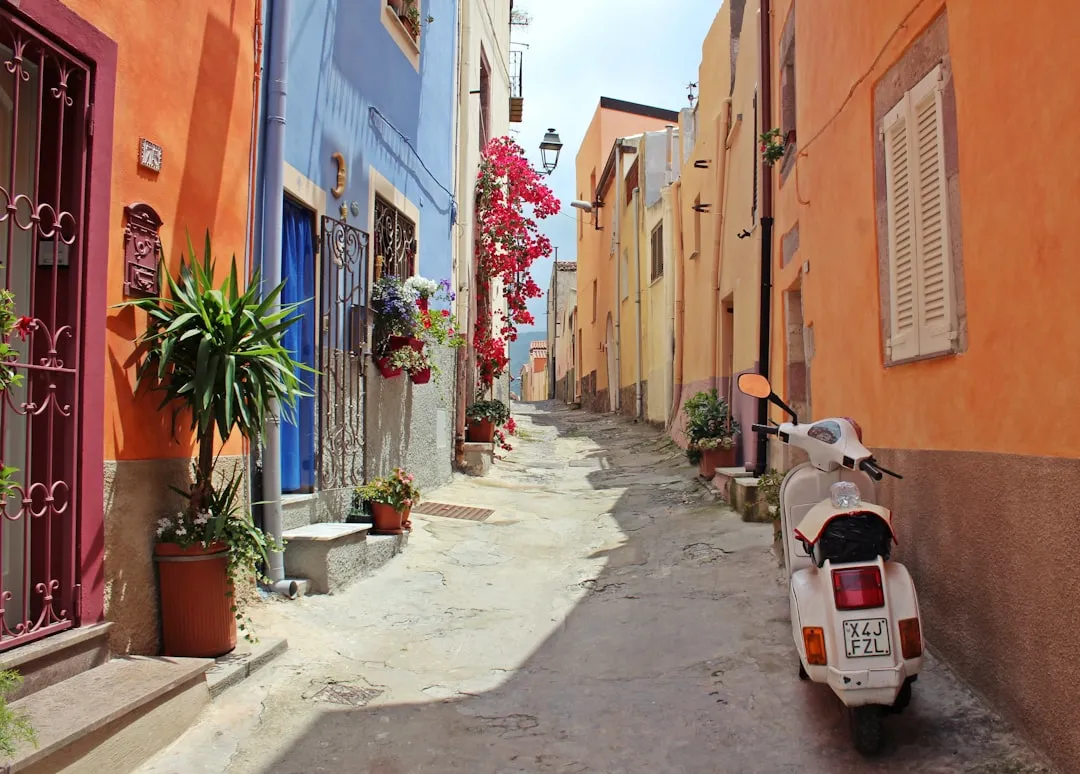Moving to Italy is an exciting step, but navigating the legal requirements can be daunting. One of the most important documents for non-EU citizens is the Permesso di Soggiorno, or Residence Permit. Whether you’re coming for work, study, family reunification, or retirement, understanding how to obtain and maintain this permit is essential.
What is the Permesso di Soggiorno?
The Permesso di Soggiorno is the official residence permit that allows non-EU citizens to legally stay in Italy beyond their visa duration. It is issued by the Questura (police headquarters) and is required for any stay longer than 90 days.
Who Needs a Permesso di Soggiorno?
If you’re a non-EU citizen planning to stay in Italy for more than three months, you must apply for a Permesso di Soggiorno. Some of the most common types include:
- Work Permit (Lavoro Subordinato/Autonomo) – For employees and freelancers.
- Study Permit (Studio) – For students enrolled in Italian institutions.
- Elective Residence (Residenza Elettiva) – For retirees or financially independent individuals.
- Family Reunification (Motivi Familiari) – For those joining family members in Italy.
- Asylum and Humanitarian Protection Permits – For refugees and those granted special protection.
How to Apply for a Permesso di Soggiorno
1. Gather the Required Documents
The specific documents depend on the type of permit, but in general, you’ll need:
- Copy of your passport (all pages with stamps and visa)
- Visa (if applicable)
- Completed application form
- Codice Fiscale (Italian tax code)
- Proof of residence in Italy (rental contract, declaration of hospitality)
- Proof of financial means (bank statements, employment contract, scholarship letter, etc.)
- Health insurance (for non-employed individuals)
2. Submit Your Application
Applications for most Permessi di Soggiorno are submitted at a Post Office (Ufficio Postale) that has a “Sportello Amico” counter. There, you will receive a receipt (ricevuta postale) confirming your application, which acts as a temporary permit while you wait for your official card.
3. Attend Your Appointment at the Questura
After submitting your application, you’ll receive an appointment date for fingerprinting and further verification at the Questura. Make sure to attend this appointment on time with all necessary documents.
4. Wait for Processing
Processing times vary, ranging from a few weeks to several months, depending on the city and the type of permit. You can track your application status online on the Polizia di Stato website.
Can You Travel with a Ricevuta Postale?
If your Permesso di Soggiorno is pending confirmation or renewal, you can travel to your home country and return to Italy only if your flight does not transit through another Schengen country. Direct flights are required to avoid issues at border control.
Frequently Asked Questions
How long does it take to get a Permesso di Soggiorno?
Processing times vary by city. In some areas, it takes as little as six weeks, while in others, it may take several months. Students and workers often experience faster processing times than elective residents or asylum seekers.
Can I work while waiting for my Permesso di Soggiorno?
If you have applied for a Permesso for work or family reasons, you can work while waiting as long as you have the ricevuta postale. However, if you are converting from a student permit to a work permit, you may need to wait for approval before starting a job.
What if my appointment at the Questura is delayed or I need to reschedule?
Delays at the Questura are common, and rescheduling depends on availability. If your appointment conflicts with urgent travel plans or work obligations, visit the Questura in person or contact a CAF or Patronato (Italian assistance centers) for support.
How do I convert my Student Permesso to a Work Permit?
Students who wish to stay in Italy after graduation must convert their Permesso di Soggiorno per Studio into a Lavoro Subordinato (employee) or Lavoro Autonomo (self-employed) permit. This process requires a job offer or proof of sufficient income for freelancers.
What happens if my Permesso di Soggiorno expires?
If your permit expires and you haven’t applied for renewal, you may face fines, difficulty re-entering Italy, or even deportation. Renew your permit at least 60 days before expiration to avoid complications.
Can I bring my family to Italy on my Permesso di Soggiorno?
Yes, but you must meet income and housing requirements to apply for a family reunification visa (Ricongiungimento Familiare). After arrival, your family members must apply for their own Permesso di Soggiorno per Motivi Familiari.
What are the requirements for obtaining a Permesso di Soggiorno?
You need a valid visa, proof of financial means, health insurance, proof of accommodation, and a completed application submitted within eight days of arriving in Italy.
Can I get an Italian ID card with a Permesso di Soggiorno?
Only residents with a valid Permesso di Soggiorno and registered residency can apply for an Italian Carta d’Identità at their local municipality.
What is the difference between a Permesso di Soggiorno and a residence card?
A Permesso di Soggiorno is a temporary residence permit, while a Carta di Soggiorno is a long-term residence permit available to those who have lived in Italy for five years or more.
What should I do if my Permesso di Soggiorno is lost or stolen?
Report the loss to the police immediately and apply for a replacement at the Questura with a copy of the police report.
How can I check the status of my Permesso di Soggiorno?
You can track your application online through the Polizia di Stato website using your application receipt number.
What are the main reasons for a Permesso di Soggiorno rejection?
Rejections typically occur due to incomplete documentation, insufficient financial means, failure to meet residency requirements, or security concerns.
Final Thoughts
The Permesso di Soggiorno is a crucial document for anyone looking to live in Italy long-term. While the bureaucracy can be frustrating, staying informed and prepared will make the process smoother. If you’re unsure about any part of your application, seeking help from a CAF, Patronato, or immigration lawyer can save you time and hassle.




